shegeek72
TPF Noob!
- Joined
- Oct 17, 2017
- Messages
- 7
- Reaction score
- 0
- Can others edit my Photos
- Photos OK to edit
Hi all, I picked up a Fujifilm Finepix S2 pro on ebay for around $60 that I plan to use for infrared photography. Need recommendations on best lenses for that purpose. Also what filter: 87 or 89B? Thanks!


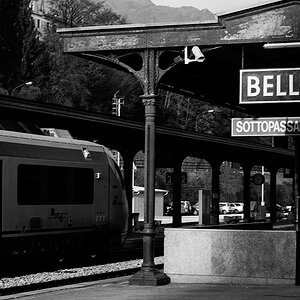
![[No title]](/data/xfmg/thumbnail/37/37538-d4704bfd4f0e4b1941649d81ff8edf2c.jpg?1619738133)
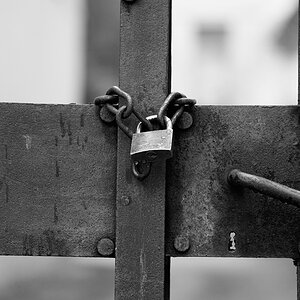
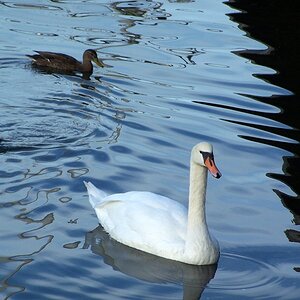
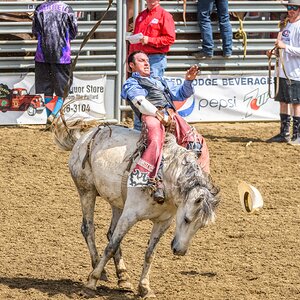
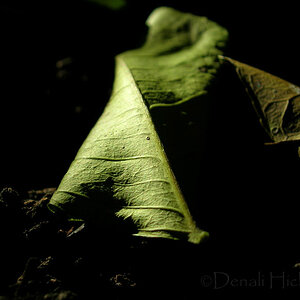
![[No title]](/data/xfmg/thumbnail/35/35946-771bfce9b2727c9126587d96c471da80.jpg?1619737254)
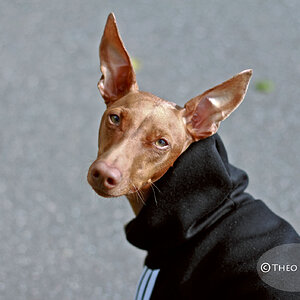
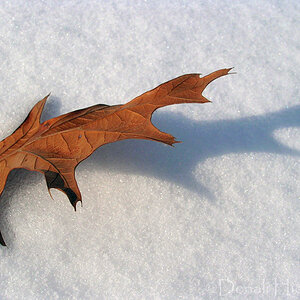
![[No title]](/data/xfmg/thumbnail/36/36662-242aa39f5cb3a23494857864779f669b.jpg?1619737675)

![[No title]](/data/xfmg/thumbnail/42/42479-eb9612f7aa37a41755b9e23b5739a3bf.jpg?1619740195)